
Published: Jan 13,2025
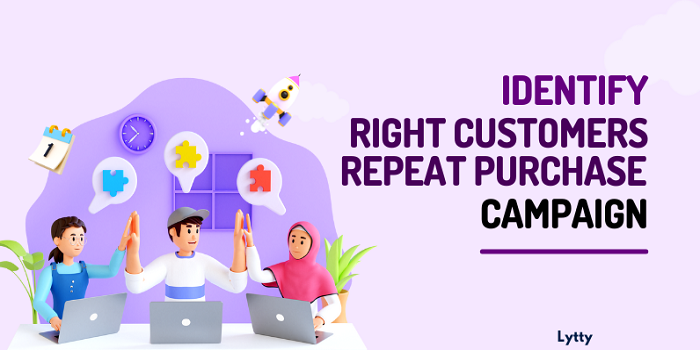
In our previous blog on Customer Repeat Purchase Analysis, we discussed the importance of repeat purchase ratios for retail businesses and how analyzing your sales data can help determine your customer repeat purchase rate.

Now, let’s explore how to identify the right target audience for a Repeat Purchase Personalized Coupon Campaign.
One of the questions i hear very frequently from my fellow retailers is that, how to identify the right target audience for a Repeat Purchase Personalized Coupon Campaign. ? This is true especially if you are there in the business for the last 2 or odd years and you have few 1000s of customers. Most of the Retail business owners especially D2C business owners are not sure how to create a strategy around - selecting the right customers where the possibility of repeat purchase is more.
1. Purchase Frequency Cohort Analysis
Using Purchase Frequency cohort analysis, you can examine customer purchase patterns over time. For instance, with LYTTY’s Customer Analytics Software, you can analyze the frequency at which customers buy from your business. This provides an overall picture of your customer’s repeat purchase behavior. With this Analysis you should know what the potential of such cohorts, and the Percentage of volume it generates.
Step-by-Step Approach:
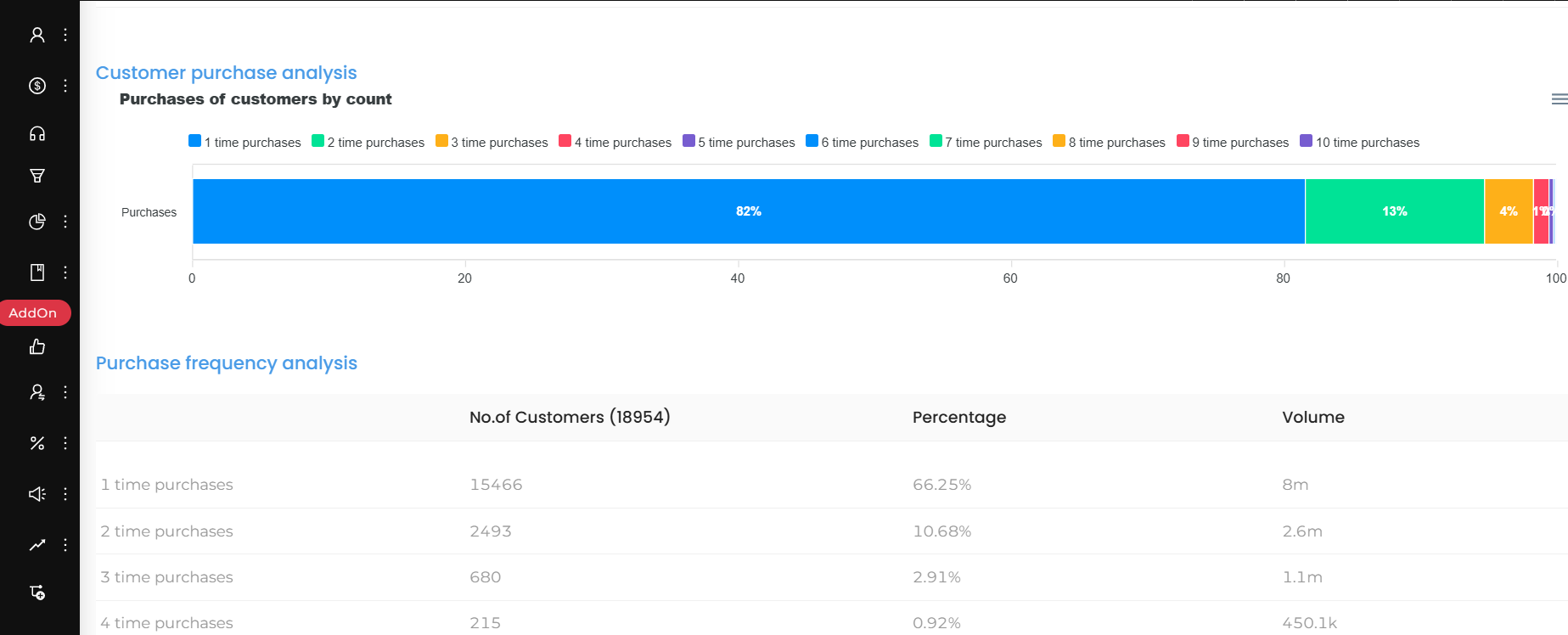
2. Advanced Segmentation
With LYTTY’s Advanced Segmentation feature, you can delve deeper into your sales data by slicing and dicing your customer data based on purchases they made. Once done, This can be a place which will give you a good start. Slice your customer data based on different purchase frequency, and further filter by eliminating some segments which wont fall in to our catagory like, - say for Eg: You can eliminate those One time customers who have given you negetive feedbacks, or those who have given you low NPS (Net promoter score), that you make sure that those who are in this cohort have got a high chance of conversion in to multiple purchasers
The advanced Segmentation segmentation tool allows you to:
Insights from LYTTY:
Analyze the impact of each cohort by running targeted campaigns. For instance, customers with only one purchase in a given period can be targeted with attractive offers to bring them back
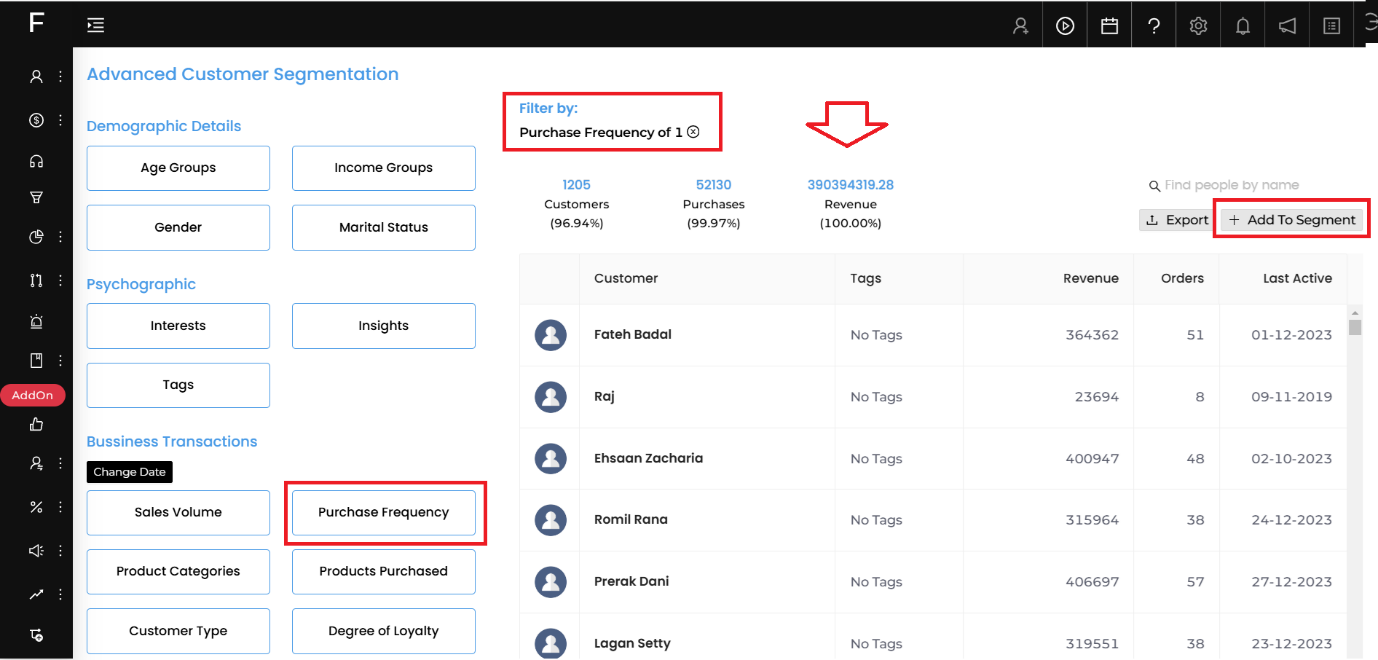
3. Customer Retention Insights
LYTTY’s smart Customer purchase behaviour algorithms will give you different perspective to your analysis. LYTTY customer insights will do a RFM Analysis and based on that algorithm , LYTTY will put your entire customers in 10 different basket. These actionable insights will help you to engage those segments which have high probability of coming back and purchase again. Some of them are At-risk customers / About to Sleep customers/ Cant loose Customers / Need attention customers.
Its been proven that these set of customers, if given the right product with right pricing, they will come back for sure and purchase again from you, meaning these customers have a high probability of converting to regular repeat customers.
How to Use Retention Insights:
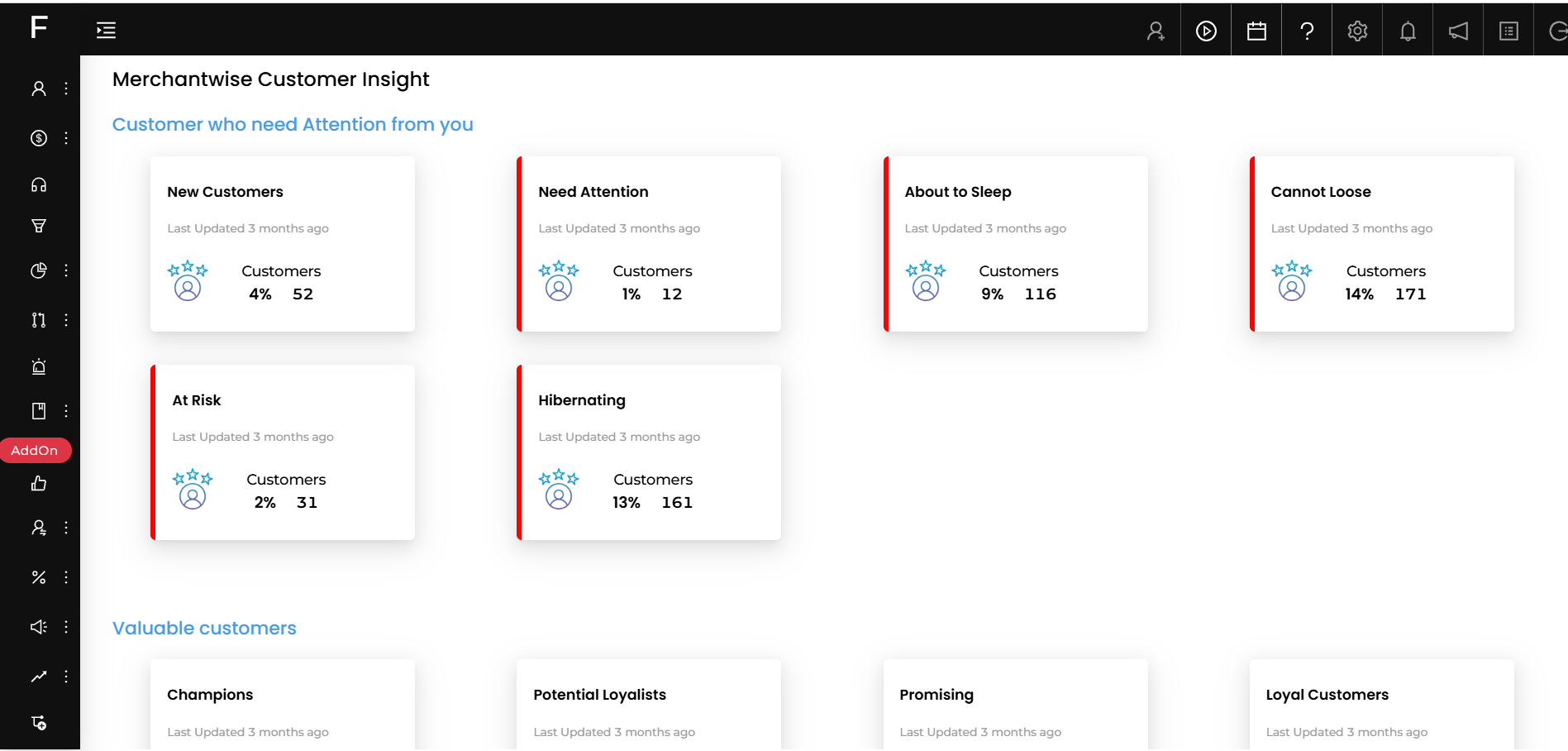
4. Cross-Selling Opportunities
Research indicates that businesses employing cross-selling strategies achieve a 60-70% repeat purchase rate, compared to just 10% for those that do not. (Click to know more).
Retail analytics offers powerful tools to uncover the relationship between products frequently purchased together. Identify the customer cohorts exhibiting these patterns and implement systems to promote cross-selling opportunities, either during the customer entry or at the checkout stage.
Cross-selling not only drives immediate sales but also enhances customer satisfaction by offering relevant and complementary products, thereby creating a more personalized shopping experience. When customers perceive value in these recommendations, it strengthens their trust in the brand, increasing the likelihood of repeat purchases and fostering long-term loyalty.
Example:
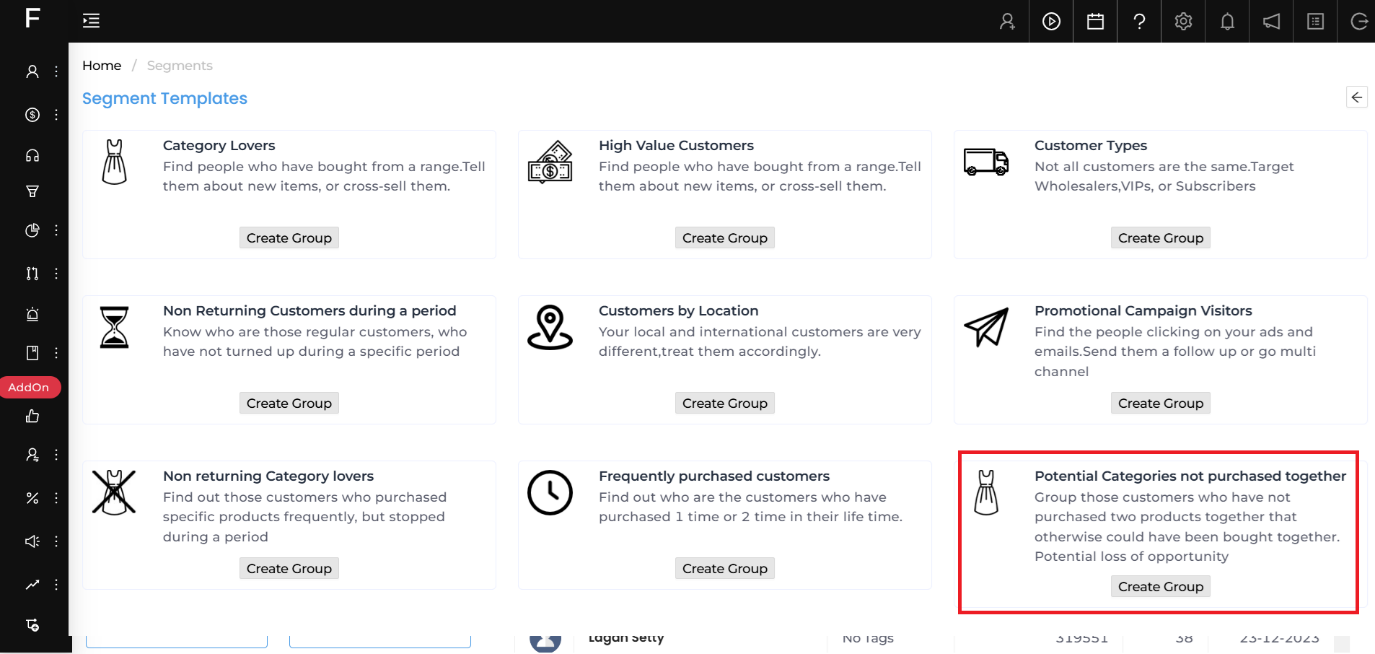
Let me conclude by mentioning that, By leveraging LYTTY’s powerful Customer Analytics and Engagement tools, you can:
Adopting these techniques ensures that your Repeat Purchase Personalized Coupon Campaign reaches the right audience, helping you achieve better results and long-term customer loyalty.
Some extra tips for you to chew
Its been widly accepted that, A good repeat purchase rate typically falls within 20–30%, though this can vary by product type. For example: Consumables: A benchmark is around 15% within 60 days.Non-consumables: A benchmark is around 10% within 365 days. The average repeat purchase rate in the beauty and cosmetics industry is 40–50%. Customers in this industry often make repeat purchases 2–4 times a year.
Do catch up over an online session to discuss more at https://lytty.com/bookdemo

Download the D2C Bank Account Freeze Survival Checklist (Free PDF) and get practical steps to protect your bank account freezes caused by fraudulent transactions.
Thank You! Your Freeze Survival Checklist is on its way
While you're here, don't stop at prevention - learn how leading D2C brands are using LYTTY to :
Or